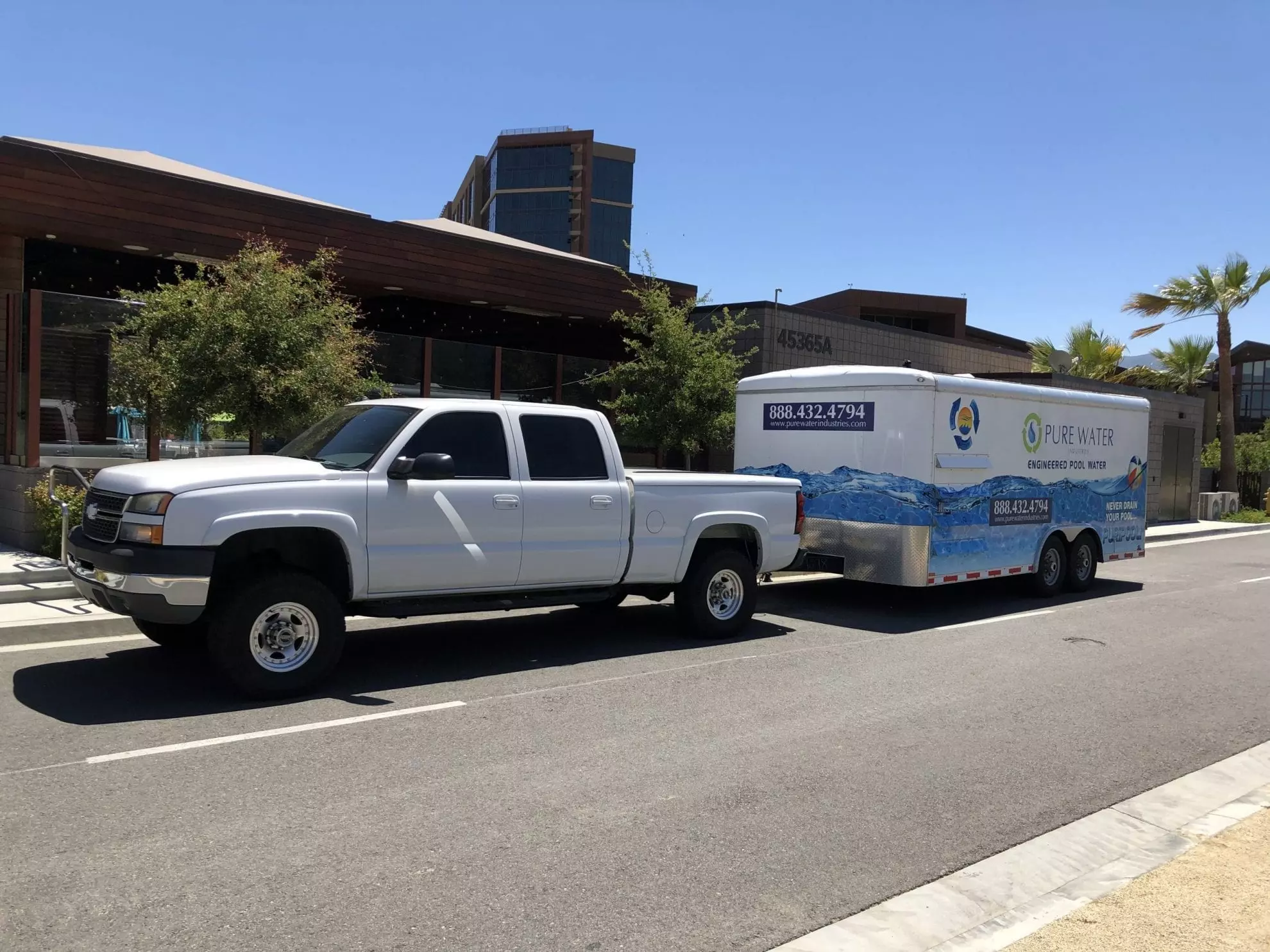Switching to a VS Pump Today - What to know?
- By Dagobah
- Pumps, Filters, and Plumbing
- 4 Replies
My single speed pump went out this week. Talking to my maintenance company about switching to a VS.
It's a 36k /gal pool in Texas
Salt system
Sand filter
EASYTOUCH automation
Current pump is a Whisperflow 3hp
Any brands/models to look for or stay away from?
I've heard getting a pump that'll tell you the flow rate is super helpful.
It's a 36k /gal pool in Texas
Salt system
Sand filter
EASYTOUCH automation
Current pump is a Whisperflow 3hp
Any brands/models to look for or stay away from?
I've heard getting a pump that'll tell you the flow rate is super helpful.











